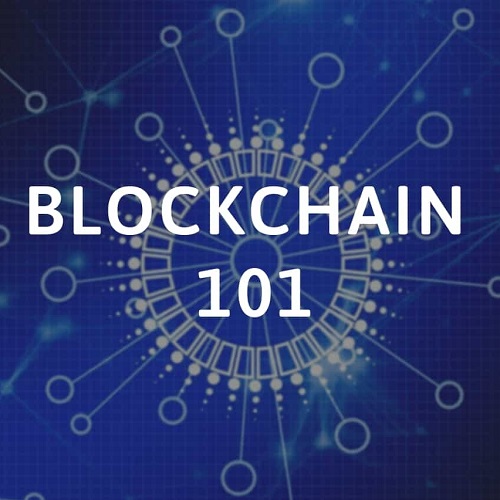
Here’s a Blockchain explanation your parents could understand
The problem with most blockchain “explainers” is that they provide more detail than what matters to most people, using language that is foreign to most people, which winds up leaving people more confused than when they started. Instead, without worrying about being a technically perfect description, here’s an explanation of blockchain your parents could understand.
First, let’s reframe ‘blockchain’
Starting with terminology, let’s ditch unfamiliar words and talk plainly – I promise you won’t read about ‘nodes’ or ‘hashing’ in this article. Jumping right in, a blockchain is a distributed database, otherwise known as a distributed ledger. To make things really simple and relatable, let’s call that ledger a ‘record book’ instead. Furthermore, let’s talk in terms of it being ‘shared’ instead of distributed. For even greater context, think about a ‘block’ as a ‘line item’ in that shared record book.
So, for the purposes of this article, we’re going to call blockchain a shared record book. Each addition to this record book is a new line item.
‘A shared record book? This doesn’t sound very complex’
Technology is only as complex as salesmen (and conmen) want it to sound. It’s all created by people no smarter than you or I, and it’s all quite simple when you break it down. That said, the modern version of this shared record book is indeed a technological triumph, one that is looking to shape our future in profound ways.
To be clear, this isn’t just one record book stored in a central location that is shared by many. There are thousands of copies of this record book, stored on computers all around the world, both home computers and business servers – hence the term “decentralised”. This record book can be used to record many kinds of things, however I’ll use sending and receiving money as the primary example, as it’s the most common one right now.
When John wants to send money to Sue, a new line item is created detailing that transaction. This line item then gets sent off to hundreds of other computers who have a copy of the record. Those computers confirm that this transaction is authorised, and ultimately they agree (or disagree) that everything about the transaction is legitimate before giving that line item a tick of approval. It has to match up perfectly on every copy of the record.
It’s as if John and Sue had a few hundred mates stand around them and watched John hand Sue the money in question, and they all agreed that he really did hand her the money, as well a other aspects of the transaction, such as it being the right amount.
To read more, please click on the link below…
Source: Here’s A Blockchain Explanation Your Parents Could Understand | Lifehacker Australia


